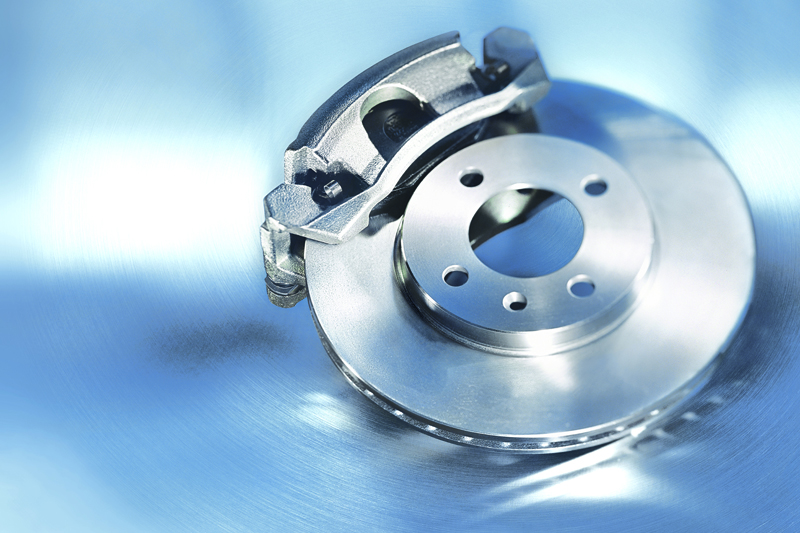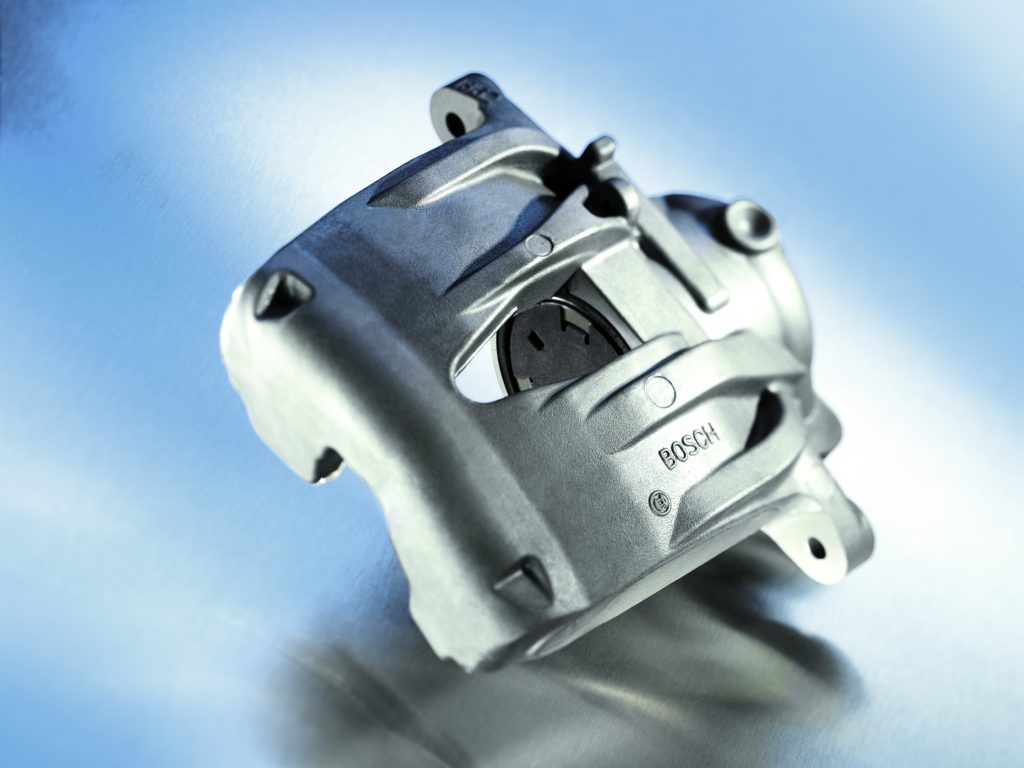
Agnieszka Piechocka, Bosch Product Specialist for Braking OES & IAM, provides advice to factors looking to gain a competitive advantage through braking systems.
Anti-locking brake systems (ABS) were introduced to cars in the seventies, with Bosch claiming to be the first automotive supplier to offer ABS in mass production. With ABS becoming standard across all new cars in 2004, there is more than a decade of vehicles hosting the technology. This has understandably impacted factors and garages with an increase in sales for related products such as wheel speed sensors, ABS ECUs and modulators.
An even bigger development for safety on the road is electronic stability programme (ESP), which became obligatory on all new vehicles from November 2014. Ensuring maximum driver/occupant safety, with ESP able to prevent up to 80% of skidding accidents, increased use of electronics within the braking system and is changing the way brakes are serviced, with developments such as electronically controlled bleeding procedures.
Challenges
One of the biggest challenges for the aftermarket is the need for regular training of technicians due to the increased complexity of systems, as well as keeping up-to-date with diagnostic equipment to reflect the changes in ESP-fitted vehicles.
In the past, braking systems were largely mechanical, but with the introduction of Electronic Control Units (ECUs), braking systems are increasingly connected to the vehicle’s electrical systems and sensors, making good diagnostics equipment vital.
ECUs monitor wheel speed, rotation etc. in modern cars and therefore, if anything is wrong, it should be flagged up within the ECU – and thus by a diagnostic tool in the workshop.
Hydraulics also have to cope with higher demand and pressure. At the moment, an average ESP system scans the vehicle stability approximately 25 times per second. This cycle is only limited by the ability of the hydraulic system being able to respond faster. Brake assist hydraulics have to cope with the high pressures applied by these systems a lot more frequently than in previous braking technology.

Profit opportunities
While hydraulic parts are not wear-and-tear parts in comparison to pads and discs, they still contain components such as seals that will be subject to wear during the life of the car.
The most common problems are centred on the deterioration of rubber hoses, leaky seals and seized caliper pistons, many of which could be avoided by regularly flushing and replacing the brake fluid every two years.
With the introduction of ESP and ABS systems, factors and their garage customers should be aware of the bleeding procedure by referring to the technical fitment information prior to commencing the bleeding sequence.
In order to support garage customers, the Bosch KTS range of diagnostic tools and ESI[tronic] software provides the step- by-step instructions required by technicians when undertaking the procedure.







